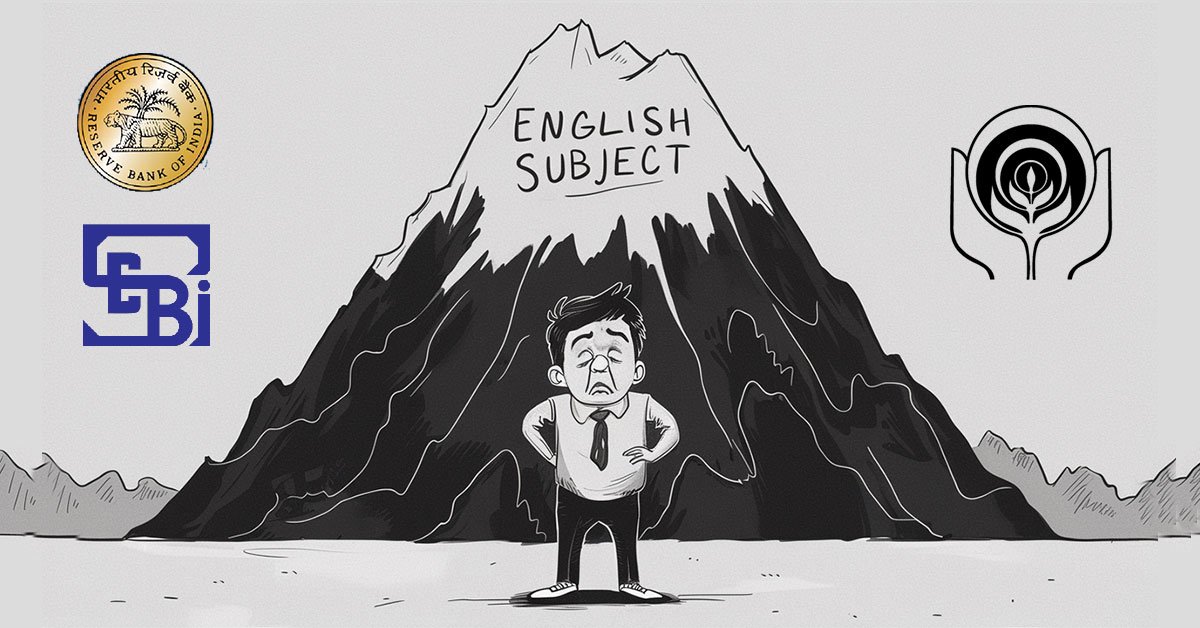Context:
The latest national accounts data provide crucial insights into India’s economic trajectory, highlighting both positive momentum and potential constraints. A closer look at growth drivers, sectoral performance, investment trends, and policy implications reveals key challenges for achieving a sustained 6.5%+ growth trajectory.
Understanding Q3 2024-25 GDP Growth
- GDP Growth (Q3 2024-25): 6.2%, up from 5.6% in Q2, but lower than 6.5% in Q1.
- Sectoral Breakdown
- Agriculture: Strong 5.6% growth, likely driven by better monsoons & rural demand, but not a sustainable long-term driver.
- Manufacturing: Weak at 3.5%, despite an improvement from 2.1% in Q2. High input costs, weak external demand, and slow capex cycles continue to dampen momentum.
- Services (Trade & Hospitality): Gained 6.7% vs. 6.1% in Q2, benefiting from consumer recovery & festive season demand.
The marginal recovery in Q3 raises questions about the sustainability of a projected 7.6% Q4 growth, which appears optimistic given weak private investment and fiscal constraints.
Why Did GDP Growth Dip in Q2? Can Q4 Meet the 7.6% Target?
Private Consumption (PFCE)
- Consumption Contribution to GDP Growth
- Q1: 4.3 pp | Q2: 3.3 pp | Q3: 4.1 pp | Q4 Target: 5.3 pp
- Key Insight: Q2 slowdown was driven by weaker consumption growth, which fell to 3.3 percentage points from 4.3 in Q1.
- Challenge for Q4: PFCE must grow at 9.9% to sustain a 7.6% GDP growth rate, a level not seen in recent years.
- Structural Headwind: Consumption growth is tied to wage growth, employment, and rural demand, all of which remain uneven.
A 9.9% PFCE growth target is unrealistic given past trends, making the 7.6% Q4 GDP growth target unlikely.
Will Government Capex Bridge the Gap?
- Investment Contribution to Growth (GFCF)
- Q1: 2.3 pp | Q2: 2.0 pp | Q3: 1.8 pp | Q4 Target: 2.1 pp
- Key Concern: Government capital expenditure is the only major lever that can bridge the investment gap.
- Capex Execution Challenge
- Government has spent ₹7.57 lakh crore (till Jan 2025).
- Needs to spend ₹2.61 lakh crore in Feb-Mar, but past trends show only ₹1.81 lakh crore average spending in these months.
- Shortfall in capital expenditure could lower Q4 GDP growth, requiring a downward revision of the 6.5% full-year estimate.
If capex falls short, Q4 GDP growth will likely be lower than 7.6%, potentially dragging full-year growth below 6.5%.
Revised GDP Data: What Do Upward Revisions Reveal?
- Upward revisions indicate higher economic momentum, but also raise questions about past estimates’ reliability.
- 2023-24 GDP Growth Revised to 9.2% (from 8.2%)
- Manufacturing growth revised up by 2.4 pp → Indicates underestimated industrial activity.
- Financial & real estate sector revised up by 1.9 pp → Stronger-than-expected services rebound.
- 2024-25 GDP Growth at 6.5% (sharp 2.7 pp fall vs. 2023-24)
- Key cause: Gross capital formation (investment) growth fell from 10.5% to 5.8%, highlighting slower investment momentum.
Frequent sharp revisions impact policy-making by creating uncertainty in investment planning and fiscal forecasting.
Medium-Term Growth: Can India Sustain 6.5%+?
- Economic Survey 2025-26 Projection: 6.3% – 6.8% growth (midpoint: 6.55%)
- Investment-Led Growth Remains Key
- Real Investment Rate (GFCF/GDP): 33.4% in 2024-25, supporting a 6.5%+ potential growth rate.
- ICOR (Incremental Capital-Output Ratio): 5.1 (Avg. 2022-25) → Higher ICOR suggests diminishing investment efficiency, raising concerns about capital productivity.
- Savings Rate Challenge
- 2023-24 nominal savings rate: 30.7%, below the pre-COVID avg. of 31.2%.
- Policy Dilemma: Raising PFCE (consumption) to boost growth can lower savings, restricting investment capacity.
India’s medium-term strategy must focus on boosting savings & investment rather than relying on short-term consumption spikes.
Policy Implications & Key Risks
- Government capex must accelerate to sustain growth in 2025-26 & beyond.
- Manufacturing revival is crucial, given its weak momentum despite past revisions.
- Savings must rise to finance investment, avoiding excessive dependence on consumption-led growth.
- ICOR efficiency must improve to maximize output from investments.
- Consumption-driven growth is unsustainable without corresponding investment growth.
- Under-execution of capital spending poses a risk to Q4 GDP & long-term growth.
Growth Momentum at a Crossroads
While India’s GDP growth remains strong, the Q4 target of 7.6% appears overly optimistic due to weak private consumption, fiscal constraints on capex execution, and a slow manufacturing revival. Sustaining 6.5%+ medium-term growth requires a structural push in investment efficiency, savings growth, and industrial productivity, rather than short-term fiscal stimulus.















